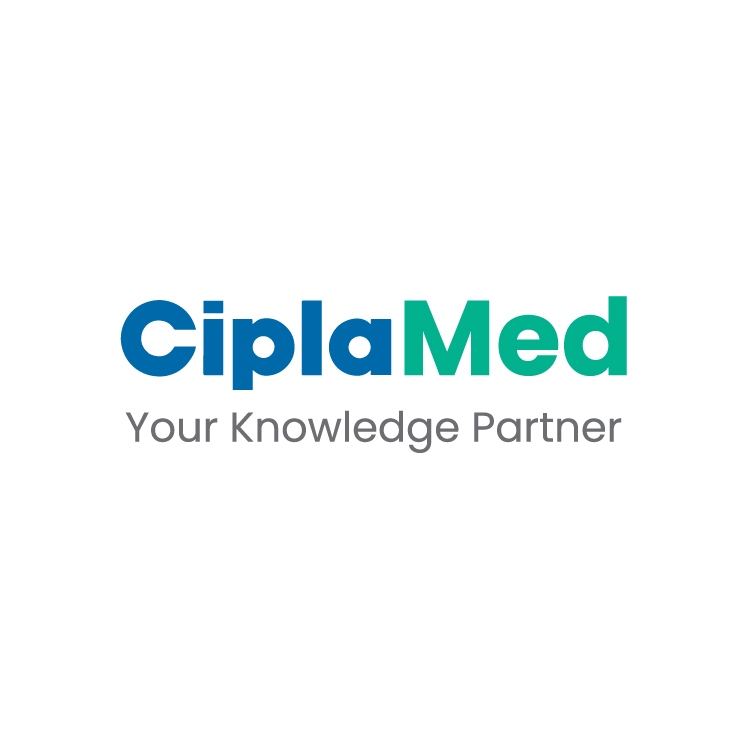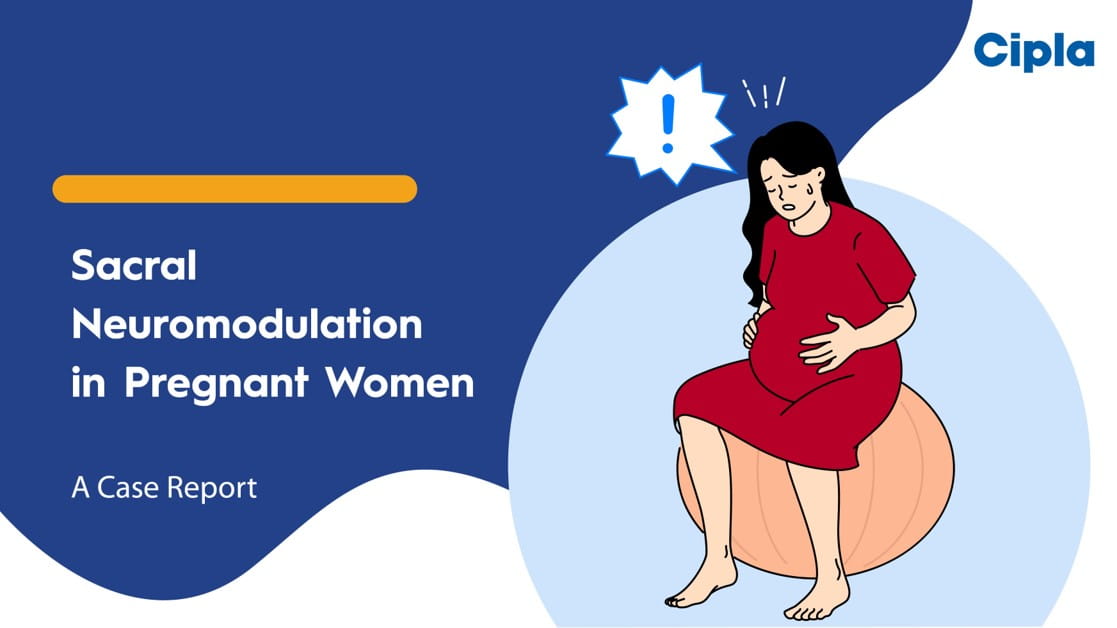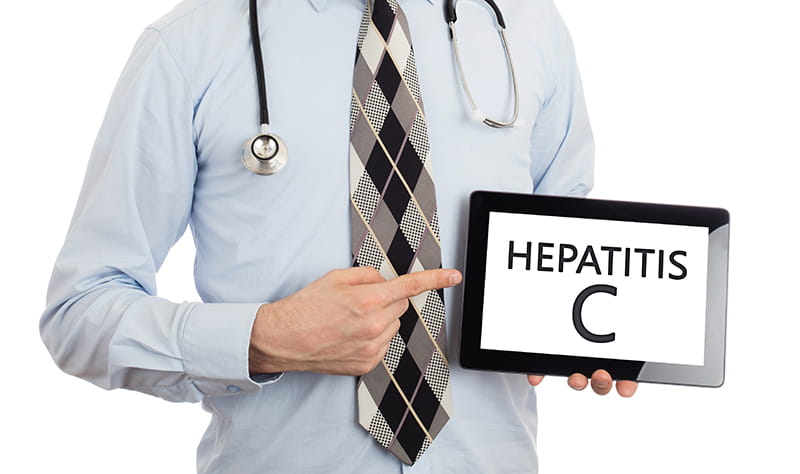ESHRE 2024: Progesterone for Pregnant People with Threatened Miscarriage
Speaker Dr. Stavroula Lila Kastora
The study aimed to identify the optimal support protocol for assisted reproduction techniques, focusing on clinical pregnancy and live birth as primary outcomes and biochemical pregnancy, miscarriage, multiple pregnancy, and ovarian hyperstimulation syndrome (OHSS) as secondary outcomes. A search of 12 databases and two prospective registers up to August 1, 2023, included only randomized control trials (RCTs). A Bayesian network meta-analysis was conducted, using vaginal progesterone as the reference due to its clinical relevance and NICE [The National Institute for Health and Care Excellence] recommendation. Seventy-six RCTs with over 26,000 patients were analyzed. The risk of bias was low for 24 studies, moderate for 29, and high for 23. Confidence in evidence was high for 34 studies, with an overall moderate risk of bias. Each regimen was examined based on the compound administered (progesterone, estrogen, glycogen) and the route of administration (oral, vaginal, intramuscular), allowing for a thorough examination of heterogeneity outcomes and bioavailability variations. The median age of the cohort was 32 years, with 30% having primary infertility and 35% having secondary infertility. Biochemical and embryological parameters showed no significant differences across protocols. Fifty-five percent underwent stimulation with a standard long gonadotropin-releasing hormone (GnRH) agonist, while 18% followed a short GnRH agonist protocol. Most support protocols started on the oocyte pickup day and lasted around eight weeks.
The study assessed support protocols' effects on clinical pregnancy and live birth rates in assisted reproduction. Adding subcutaneous gonadotropin-releasing hormone (GnRH) agonists to a vaginal progesterone base, with or without oral estrogen, improved outcomes. This combination significantly reduced miscarriages. Intramuscular human chorionic gonadotropin (hCG) increased live births but also raised ovarian hyperstimulation syndrome (OHSS) and multiple pregnancies. Subgroup analysis found vaginal progesterone with subcutaneous GnRH agonists optimal for both long and short ovarian stimulation protocols. The ideal luteal phase support (LPS) protocol was 600 mg of vaginal progesterone and 0.1 mg of GnRH agonists daily for 8 weeks from oocyte pickup to a positive beta-hCG test. Overall, combining subcutaneous GnRH agonists with vaginal progesterone improved clinical and live pregnancy rates. The presentation ended with thanks to the team, and was open to questions, noting differences from daily practice.
Despite its potential benefits, the conference discussed the limited use of GnRH agonist luteal phase support (LPS). Multiple randomized control trials and a meta-analysis compared 22 LPS protocols, suggesting standardization based on effective results. Combining subcutaneous GnRH agonists with vaginal progesterone improved clinical pregnancy and live birth rates. The median dosage was 600 mg of vaginal progesterone daily for eight weeks, but some studies used higher doses. Concerns about excessive progesterone and its potential issues, such as adrenal crises, were noted. Leveraging biological processes with GnRH agonists might improve outcomes rather than just supplementation. The findings indicated that adding subcutaneous GnRH agonists to LPS protocols could enhance assisted reproduction success.
Despite its potential benefits, the discussion focused on the limited use of GnRH agonist luteal phase support (LPS). Multiple randomized control trials and a meta-analysis compared 22 LPS protocols, suggesting standardization based on effective results. Combining subcutaneous GnRH agonists with vaginal progesterone improved clinical pregnancy and live birth rates. Concerns about excessive progesterone and its potential issues were noted. The inherent mechanism of GnRH agonists, mimicking a pulsatile fashion, might improve outcomes by supplementing endogenous progesterone. The speaker emphasized the need for more comprehensive studies reporting variables like embryo quality and transfer strategies to ensure comparability and improve LPS protocols. Questions from the audience highlighted the variability in study designs and underreporting of critical variables. The need for standardizing protocols and reporting detailed outcomes in future studies was stressed to tailor assisted reproduction techniques effectively. The discussion concluded with a call for more rigorous and standardized research.
European Society of Human Reproduction and Embryology, July 7-10, Amsterdam, The Netherlands




